Homeopathic Medicine For Lipoma
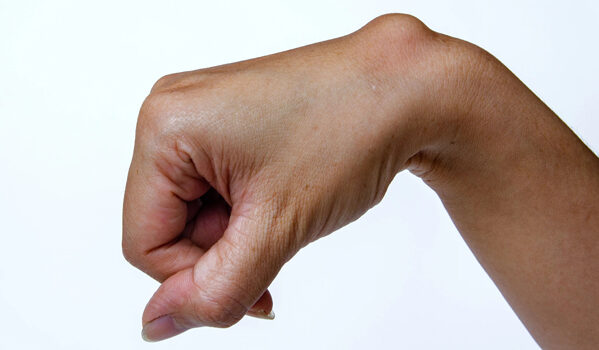 Lipoma are benign tumors made up of fat cells that grow just beneath the skin. They usually feel soft and doughy to the touch and are generally painless:
Lipoma are benign tumors made up of fat cells that grow just beneath the skin. They usually feel soft and doughy to the touch and are generally painless:
Causes:
- Genetics: Lipoma can run in families, indicating a genetic predisposition.
- Age: They’re more common in middle age, between 40 to 60 years old.
- Medical Conditions: Sometimes, conditions like Madelung’s disease or adiposis dolorosa can cause multiple lipoma to develop.
- Injury: Trauma to a specific area might trigger the growth of a lipoma.
Symptoms:
- Soft, movable lumps: Lipoma feel soft and can move slightly under the skin when touched. They’re generally painless.
- Size and Location: They can vary in size, from pea-sized to several centimeters across. They commonly occur on the shoulders, neck, back, or arms.
- No Discoloration: Normally, lipoma don’t cause any skin changes like redness or discoloration.
Diagnosis:
- Physical Examination: Doctors can often diagnose lipoma through a physical examination.
- Imaging Tests: Imaging tests like ultrasound or MRI are used to confirm the diagnosis or to see the extent and depth of the lipoma.
- Biopsy: In rare cases, a tissue sample (biopsy) might be taken and examined under a microscope to confirm that it’s a lipoma and rule out other conditions
Homeopathic Medicine
1.Phytolacca decandra
Painful Lipoma: Painful lipoma or sensitive to touch causing discomfort, soreness, or shooting pains.
Bluish Discoloration: Skin over the lipoma has a bluish hue or discoloration.
Soreness and Tenderness: Feeling of soreness, tenderness, or aching sensations.
Inflammation and Irritation: Inflammation and Irritation in lipoma.
Swelling and Suppuration: Lipoma shows signs of swelling, suppuration (formation of pus), or feels lumpy.
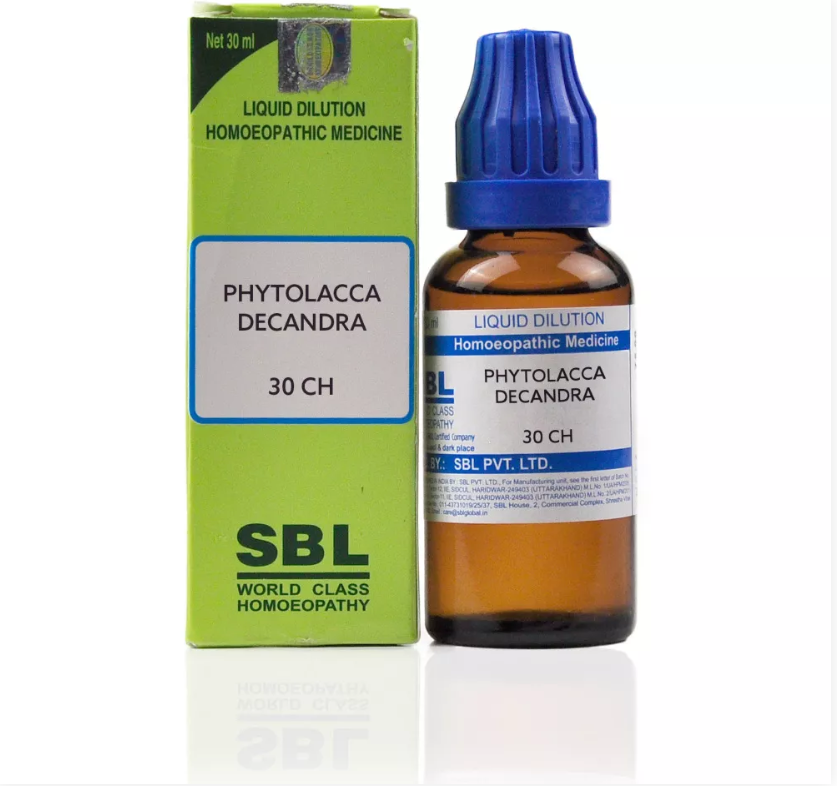
2. Conium maculatum
Hardness and Nodularity: Lipoma feel hard, firm, and nodular to touch.
Painlessness: Painless lipoma that are slow-growing and appear gradually over time.
Aggravation from Injury: Lipoma developed after injury or trauma.
Stiffness or Contraction: Sensation of contraction around the lipoma.
Right-Sided Affection: Lipoma appears on the right side of the body.
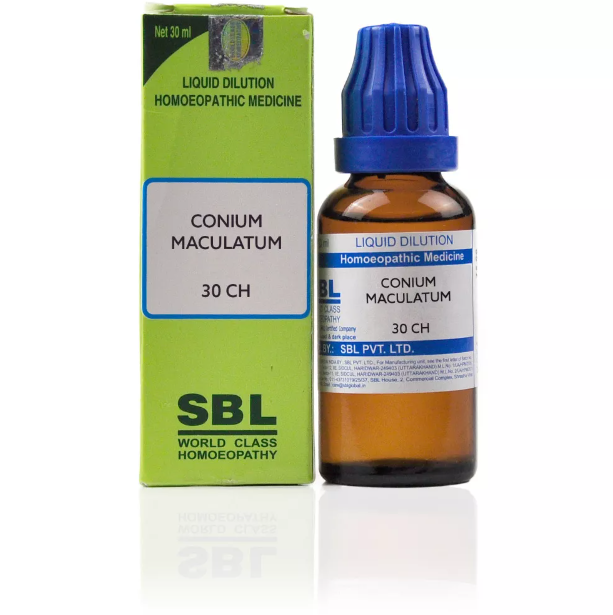
3. Lapis albus
Hardness of Lipoma: Lipoma are hard, stony, or have a calcified nature.
Slow Growth: Lipoma have slow growth rate and tend to increase in size gradually.
Tendency to Form in Glandular Tissues: Lipoma have tendency to form glandular tissues.
Calcification: Lipoma become calcified or develop hard, stony nodules.
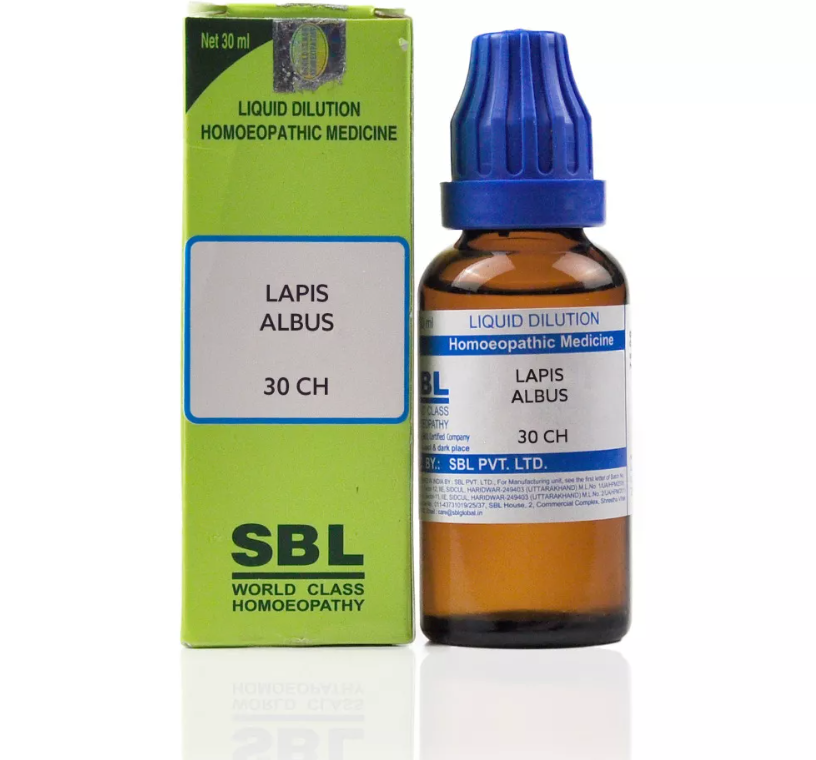
4.Thuja occidentalis
Soft, Painful, or Painless Lipoma: Thuja considered for both painful and painless lipoma.
Multiple or Recurrent Lipoma: Multiple lipoma or tendency for lipoma to recur in various parts of the body.
Slow Growth: Lipoma that grow slowly over time.
Association with Vaccination: Lipoma developed after vaccination or associated with a history of vaccinations.
Change in Skin Color or Texture: Lipoma shows changes in color, becomes warty, or develops other unusual textures.
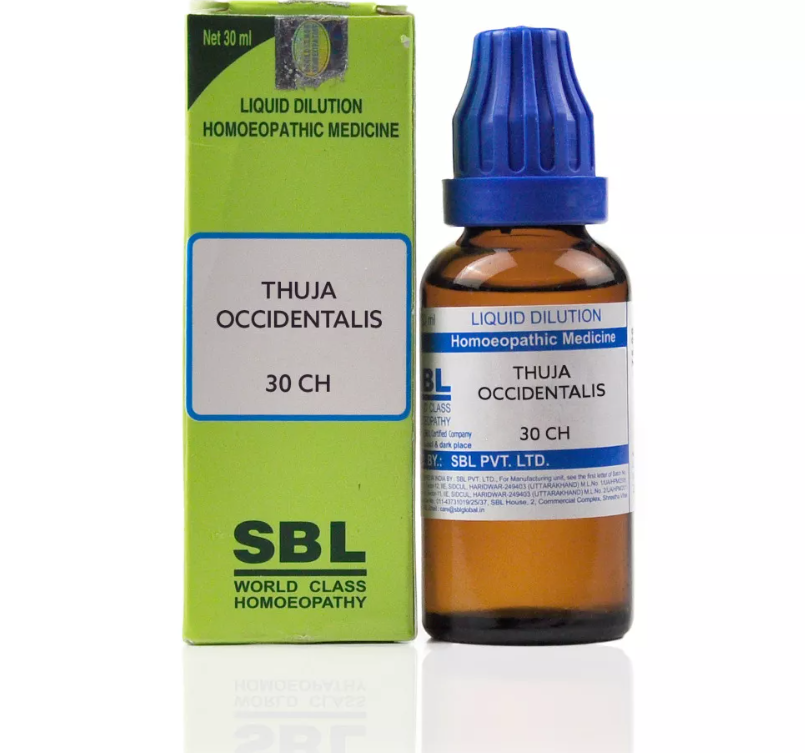
5. Calcarea Fluorica
Hardness and Density: Lipoma that feel stony, or hard to touch.
Location: Located on tendons or joint capsules.
Slow Growth: Grow gradually and become harder over time.
Previous Injuries or Trauma: Developed after injury or trauma.
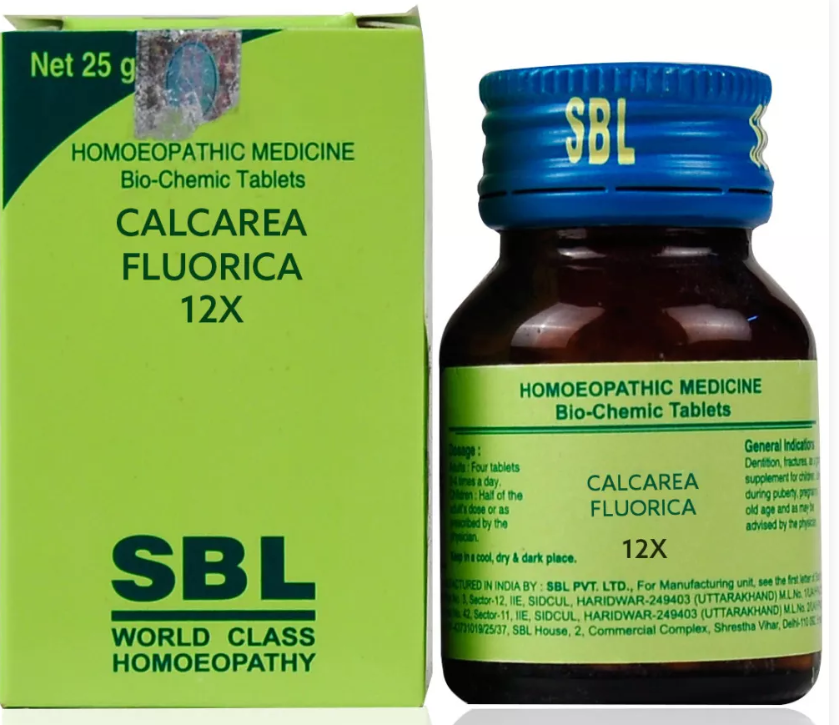
6. Baryta carbonicum
- Slow development or growth of lipoma: Slow-growing lipoma.
- Hardness or nodularity: Lipoma feel hard or nodular to touch.
- Glandular swelling: Glandular swellings in the body.
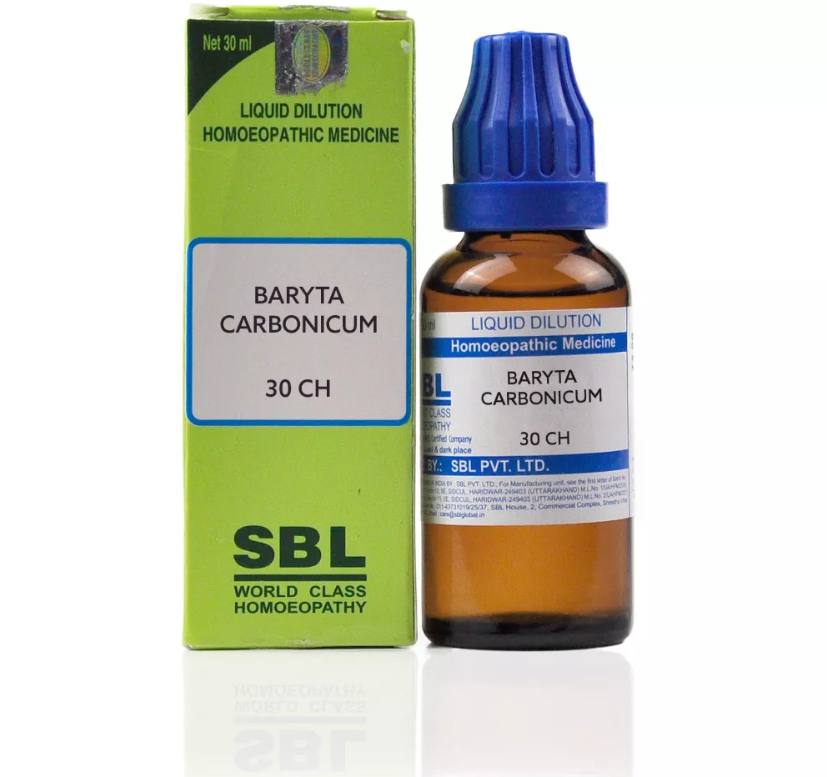
7. Fucus vesiculosus
- Lump or swelling: Soft, doughy lump under the skin that is usually painless.
- Tenderness: Lipoma presses on nerves or other tissues tender to touch or cause discomfort.
- Increased size: Lipoma grow slowly over time, and larger ones become more noticeable or cause more symptoms.
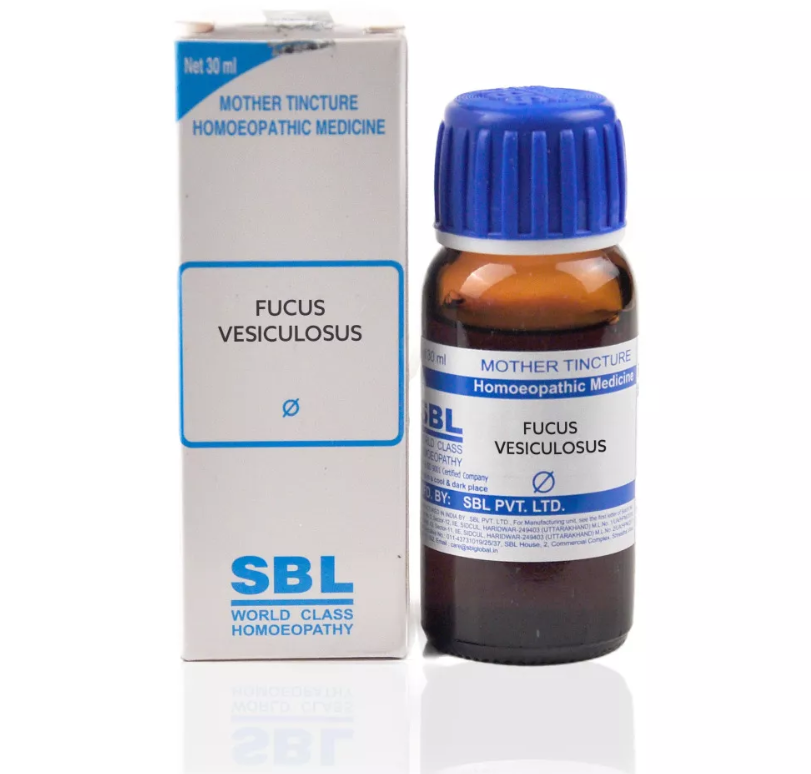
8. Silicea
- Slow healing: History of slow healing of wounds or injuries.
- Tendency for suppuration: Tendency for infections leading to pus formation.
- Weak connective tissues: SWeakness in connective tissues.

9. Spigelia
A soft, doughy feeling under the skin: Painless lipoma and moved slightly when press.
Round or oval-shaped lumps: Situated just beneath the skin.
Potential discomfort: Lipoma presses on nerves or other tissues cause pain or discomfort.
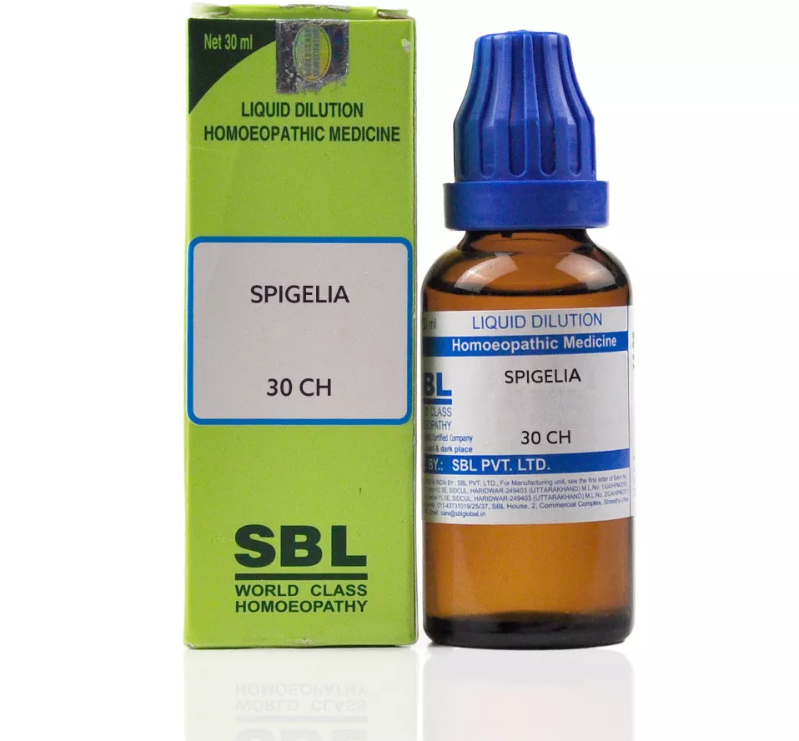
Medicine images use for reference only selection of homeopathic medicine depends on the individual’s specific symptoms and overall constitution. Moreover, homeopathy is a holistic system of medicine that treats the individual as a whole. In addition to addressing the physical symptoms, it takes into account the emotional and mental state of the person. Consequently, it’s crucial to consult with a qualified homeopathic practitioner for personalized treatment.
The information provided on this website is intended solely for educational purposes. Always seek the advice of your physician or other qualified health provider.
